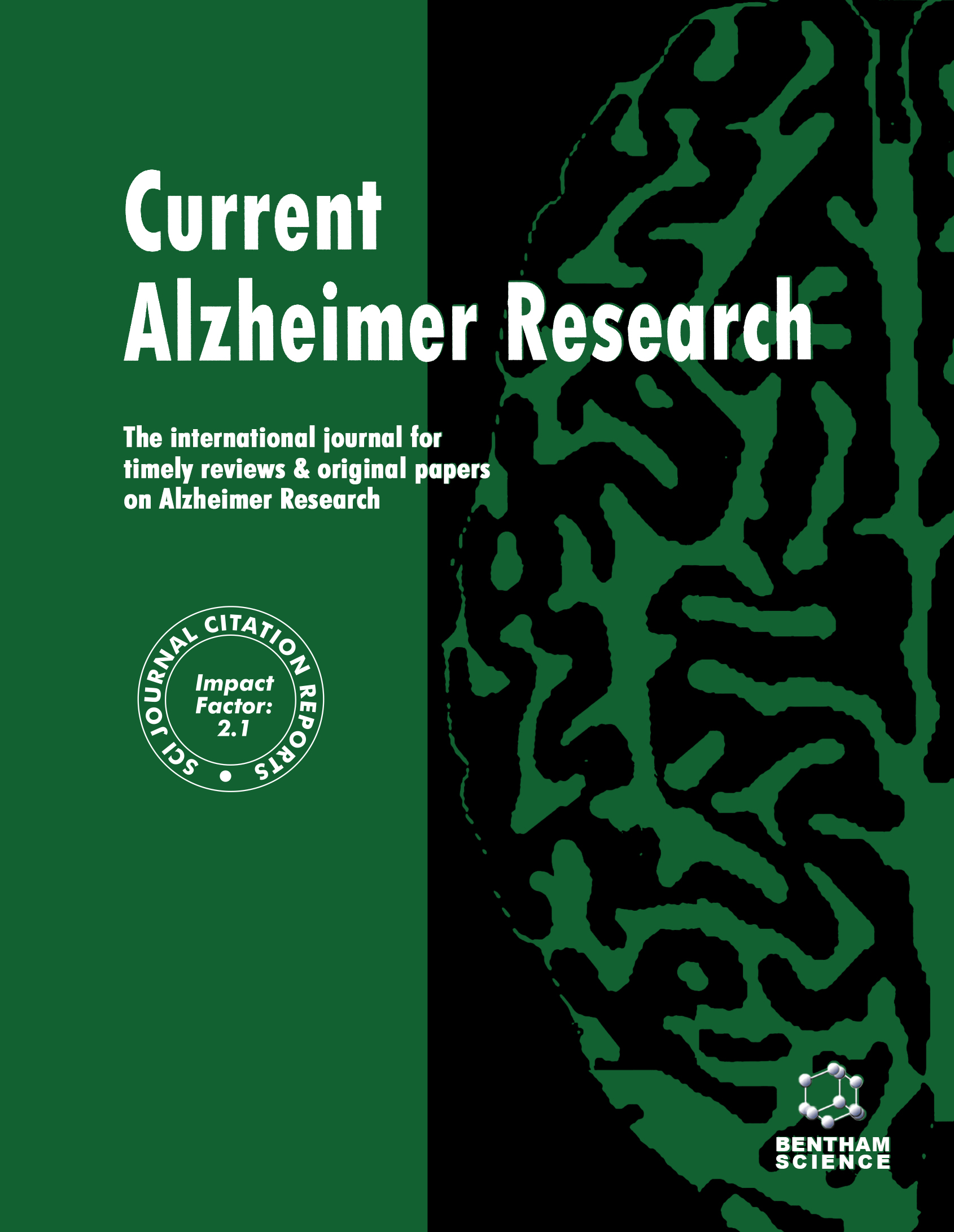-
oa Role of Environmental Contaminants in the Etiology of Alzheimer’s Disease: A Review
- Source: Current Alzheimer Research, Volume 12, Issue 2, Feb 2015, p. 116 - 146
-
- 01 Feb 2015
Abstract
Alzheimer’s dis ease (AD) is a leading cause of mortality in the developed world with 70% risk attributable to genetics. The remaining 30% of AD risk is hypothesized to include environmental factors and human lifestyle patterns. Environmental factors possibly include inorganic and organic hazards, exposure to toxic metals (aluminium, copper), pesticides (organochlorine and organophosphate insecticides), industrial chemicals (flame retardants) and air pollutants (particulate matter). Long term exposures to these environmental contaminants together with bioaccumulation over an individual’s life-time are speculated to induce neuroinflammation and neuropathology paving the way for developing AD. Epidemiologic associations between environmental contaminant exposures and AD are still limited. However, many in vitro and animal studies have identified toxic effects of environmental contaminants at the cellular level, revealing alterations of pathways and metabolisms associated with AD that warrant further investigations. This review provides an overview of in vitro, animal and epidemiological studies on the etiology of AD, highlighting available data supportive of the long hypothesized link between toxic environmental exposures and development of AD pathology.


